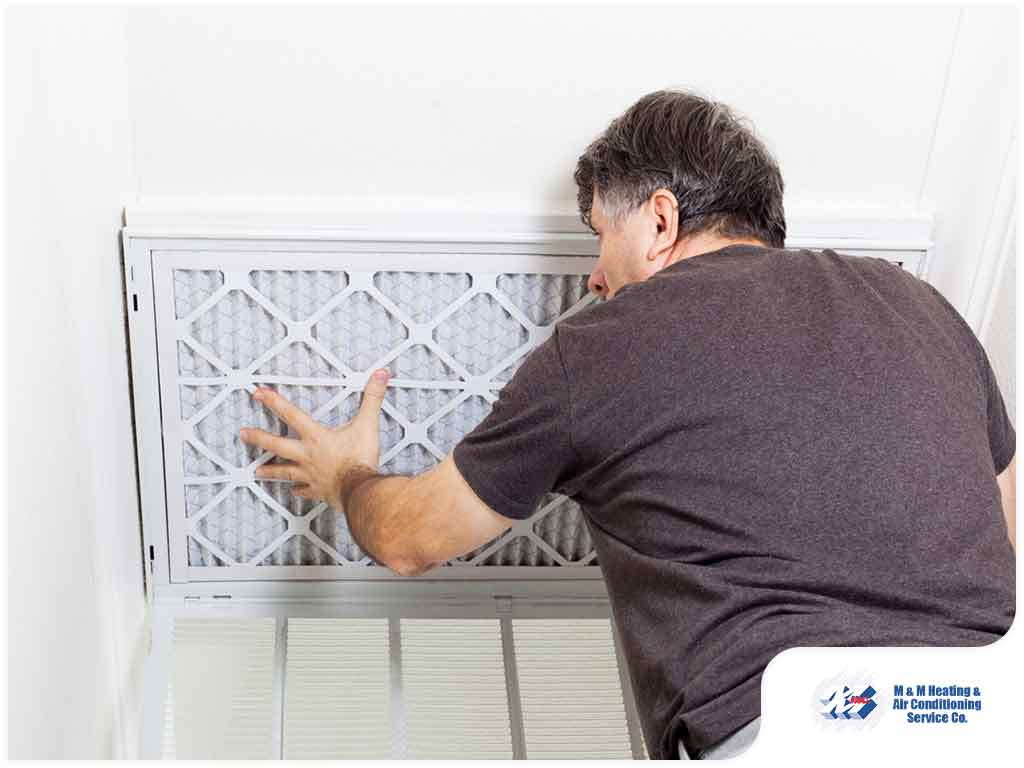High-efficiency particulate air (HEPA) filters are found in various home appliances like heating and air conditioning units, vacuum cleaners and air purifiers. HEPA filters trap both large and microscopic contaminants, which can help relieve allergy and asthma symptoms.

Read on to learn more facts about HEPA filters and how they can help improve your indoor air quality.
HEPA Filters First Appeared in Nuclear Facilities and Hospitals
HEPA filters were invented in the 1940s to protect workers in nuclear facilities from radioactive particles. In the 1960s, HEPA filters were used in hospitals to prevent airborne germs and particulates from spreading. Soon, they began to be integrated into household appliances. The ENERGY STAR® branch of the Environmental Protection Agency (EPA) says HEPA filters can remove more than 99 percent of all airborne pollutants 0.3 microns or larger. A micron is a microscopic particle that measures less than 1/25,400 of an inch long.
HEPA Filters Can Give Relief to Allergy Sufferers
Asthma and allergy sufferers can experience respiratory symptoms from being exposed to dust, pollen and dander. Luckily, these airborne particles are large enough to get snagged by a HEPA filter. Using HEPA air filters in a portable air purifier, heater or air conditioner can help reduce allergy and asthma symptoms.
HEPA Filters Need Frequent Replacement
HEPA filters tend to become clogged more quickly than standard filters because they trap most air particulates. The recommended replacement rate varies among different appliances. It also depends on how much air is being drawn through the filter and how contaminated the air is. You can expect to change HEPA filters more than twice as often as you would change traditional filters.
For quality air cooler, furnace or heater replacement, turn to M & M Heating & Air Conditioning Service Co. Call us at (209) 952-6580 or fill out our contact form to get a free estimate.








